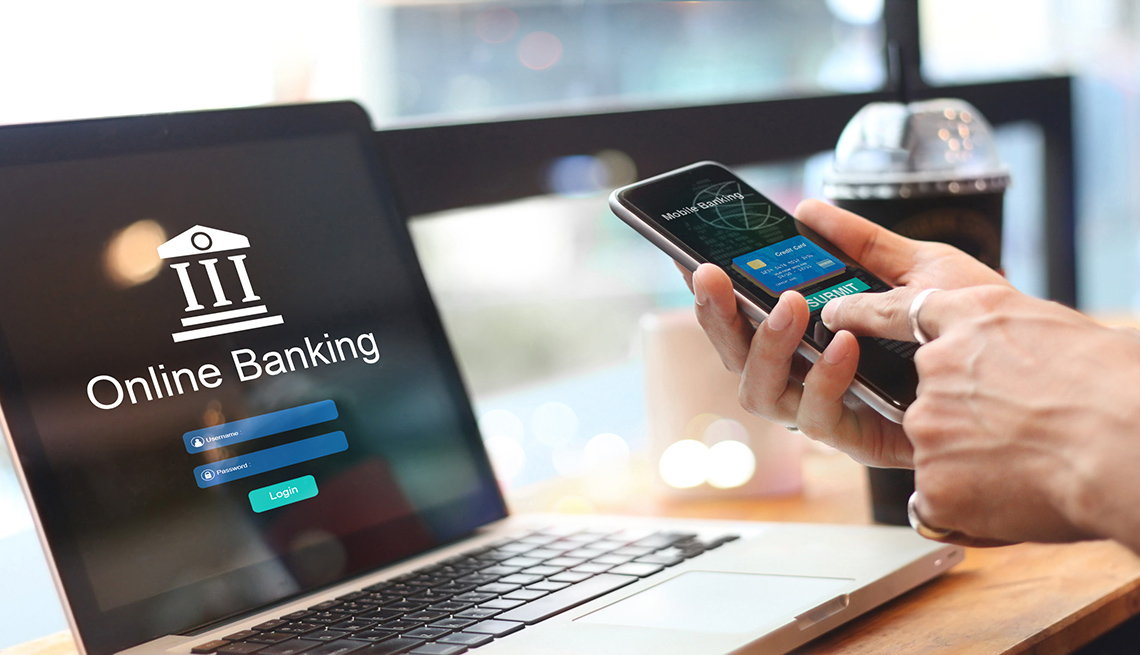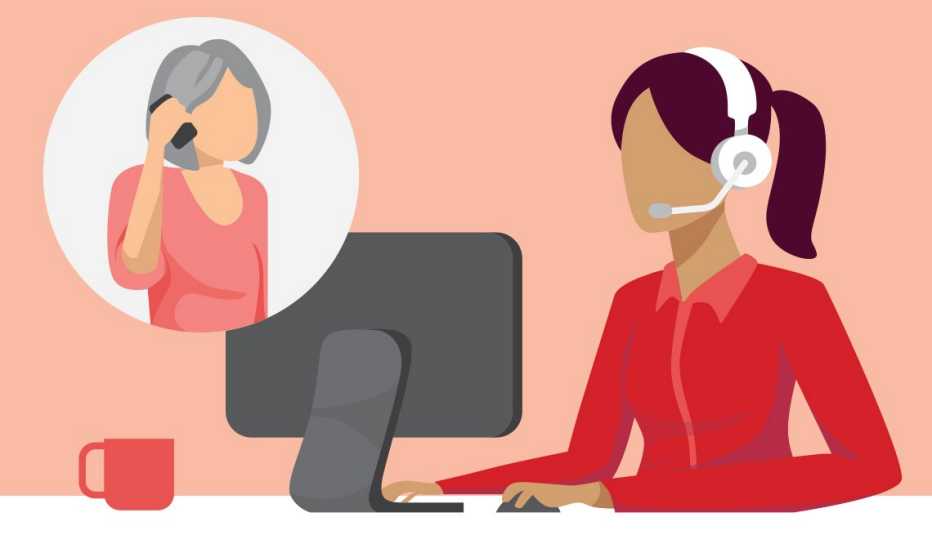Staying Fit
The COVID-19 pandemic has spurred older adults to rely more on digital banking, using computers and smartphones to move money across accounts, pay bills or deposit checks.
A June survey by digital payments provider Zelle found that 82 percent of consumers ages 55 to 72 who have a smartphone and a checking or savings account are doing more of their banking online. Fifty-five percent are using mobile tools to manage their accounts more often.

Fraud experts warn this new normal could create ripe opportunities for scammers to exploit the newer, older ranks of people banking electronically. Crooks posing as bank representatives email, call or text customers hoping to pry loose private information that gets them access to online accounts.
"We're all now digital bankers, whether you wanted to be or not,” says Donna Turner, chief operations officer at Early Warning, the parent company of Zelle. “What we see right now is this perfect storm for the bad guys to really focus and dive in."
Online banking scammers may target older people for several reasons, says Brian Krebs, a journalist who runs the respected cybercrime website KrebsOnSecurity. After decades of work, older adults are more likely to have higher incomes and greater assets. They are often perceived, fairly or not, to be less tech savvy and more inclined to answer the phone.
Isolation can also be a factor, particularly amid the pandemic, notes Amy Nofziger, director of fraud victim support at AARP. “When people are in crisis — and who's not in crisis or at an elevated emotional level right now with COVID — they actually want to connect and speak with somebody,” she says.
No Phishing
The first defense against banking scams is knowing that a reputable bank will not contact you out of the blue and ask for your Social Security number, online account password or other personal information. It won't ask for money. Anyone that does is almost certainly phishing.
This type of scam isn't new, but “scammers have gotten really, really sophisticated” at it, says Kathy Stokes, director of fraud prevention programs at AARP.
These scams start with an email or text that appears to come from a real financial institution, down to an authentic-looking logo. These spoofed communications carry urgent but phony warnings about problems with an account or transaction.
You might be directed to call a supposed customer service line (where you'll be pressed for personal information like a Social Security number), or to click on a link that takes you to a fake banking website. That could be a trap to infect your device with malware that allows crooks to track your keystrokes and capture account credentials.






































































